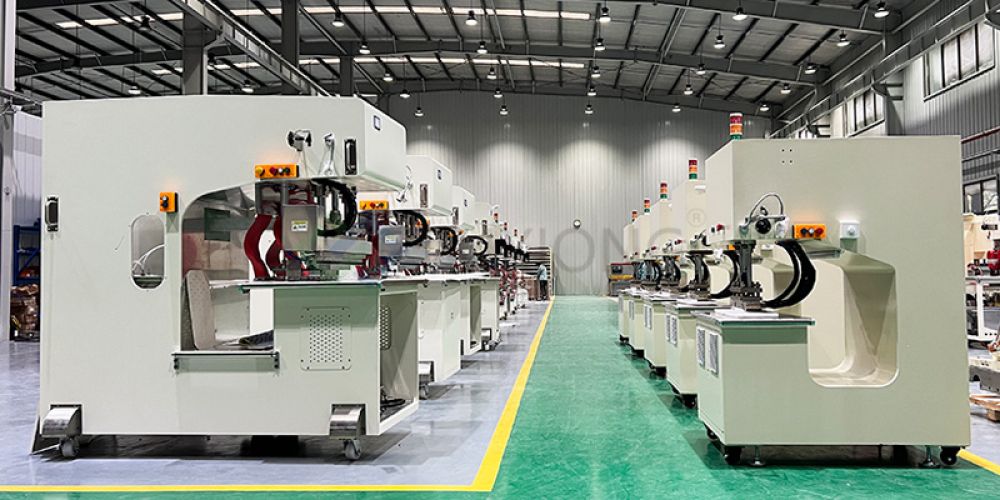
I. Advantages
High Cost-Effectiveness
Inflatable pools utilize membrane materials that are generally low-cost, particularly offering significant economic advantages for large-span pools or those built on complex geological conditions. This makes inflatable pools a highly cost-effective option.
Short Construction Cycle
The membrane structures of inflatable pools are typically prefabricated, allowing the entire process—from design to completion—to be completed quickly. Most components are manufactured in factories, and on-site installation is simple and efficient. This facilitates rapid deployment to meet urgent needs.
Structural Flexibility
The membrane materials used in inflatable pools are highly adaptable and customizable to fit specific shapes and sizes. Additionally, inflatable membrane structures are easy to disassemble, relocate, and reinstall, making them suitable for diverse site conditions.
Superior Performance
Membrane materials inherently possess properties such as self-cleaning, high strength, durability, and fire resistance. Depending on the material selected, their lifespan can range from 10 to 30 years. Under normal conditions, these materials require minimal maintenance. Even in cases of localized damage, repairs are straightforward and inexpensive.
Eco-Friendly and Energy-Efficient
Inflatable pools often use modern environmentally friendly materials with excellent thermal insulation properties, helping to reduce energy consumption and minimize environmental impact.
II. Disadvantages
Slow Inflation Process
The inflation equipment (e.g., foot-operated pumps) used for inflatable pools is labor-intensive and slow, particularly for large pools. This prolongs preparation time before use.
Thin Material Prone to Damage
While inflatable pool membranes (typically PVC or similar lightweight materials) offer adequate strength and durability, they remain thinner compared to traditional building materials. Exposure to sharp objects or frequent folding can lead to punctures, air leaks, or tears.